8 Tactics to Engage Email Subscribers
Engaging with your audience can be difficult, whether you’re new to email marketing or a seasoned pro. Where do you find people who want to read your emails? How can you maintain their attention on your email content? What motivates people to purchase from you? With email marketing, you’re on a wild goose chase if you don’t have a plan. In this article, I will share with you the best tactics you can use to engage your email subscribers and build a loyal customer base.
8 types of email you can use to engage subscribers
1. Welcome emails
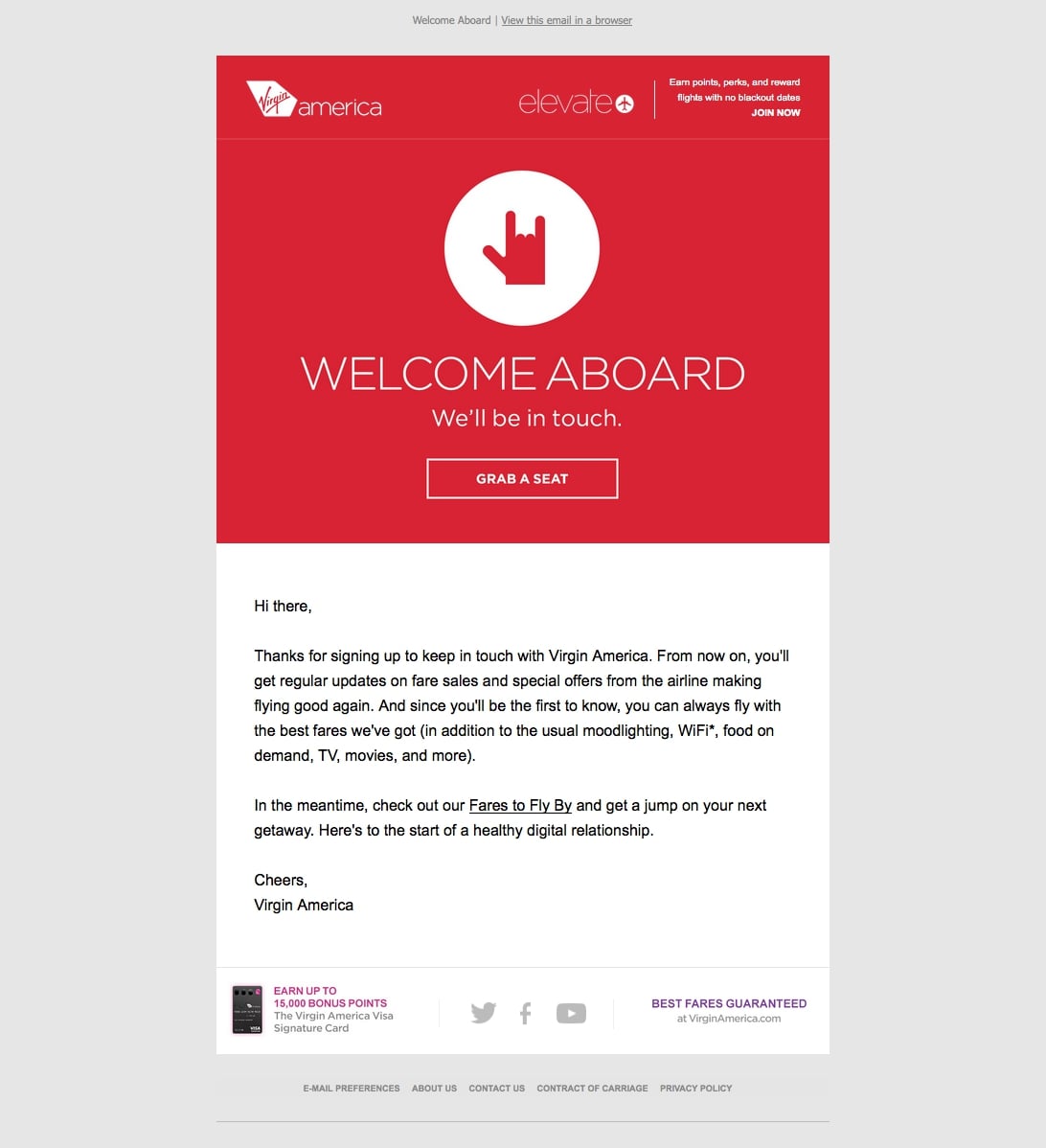
Welcome emails are critical because they will help you make a good first impression on your audience. These are the first emails your audience receives from your company after joining your email list. You want to market your company positively, therefore your welcome emails should be distinctive and worth reading.
Welcome emails allow you to clearly define your brand and assist subscribers get more comfortable with it. Customers want to know they are important to your company. Welcome emails can also demonstrate how much you appreciate your members.
Sending an offer to your subscribers when they first join up is a terrific way to show your appreciation. It could be a discount, a free trial, or something else. It’s a terrific opportunity to thank them for signing up for your newsletters and show them how much you value their patronage.
Welcome emails are the most effective sort of communication for converting prospects. In fact, they produce four times the number of opens and five times the number of clicks as conventional emails. You are sweetening the deal and tempting your audience to convert by including an offer.
2. Educational emails
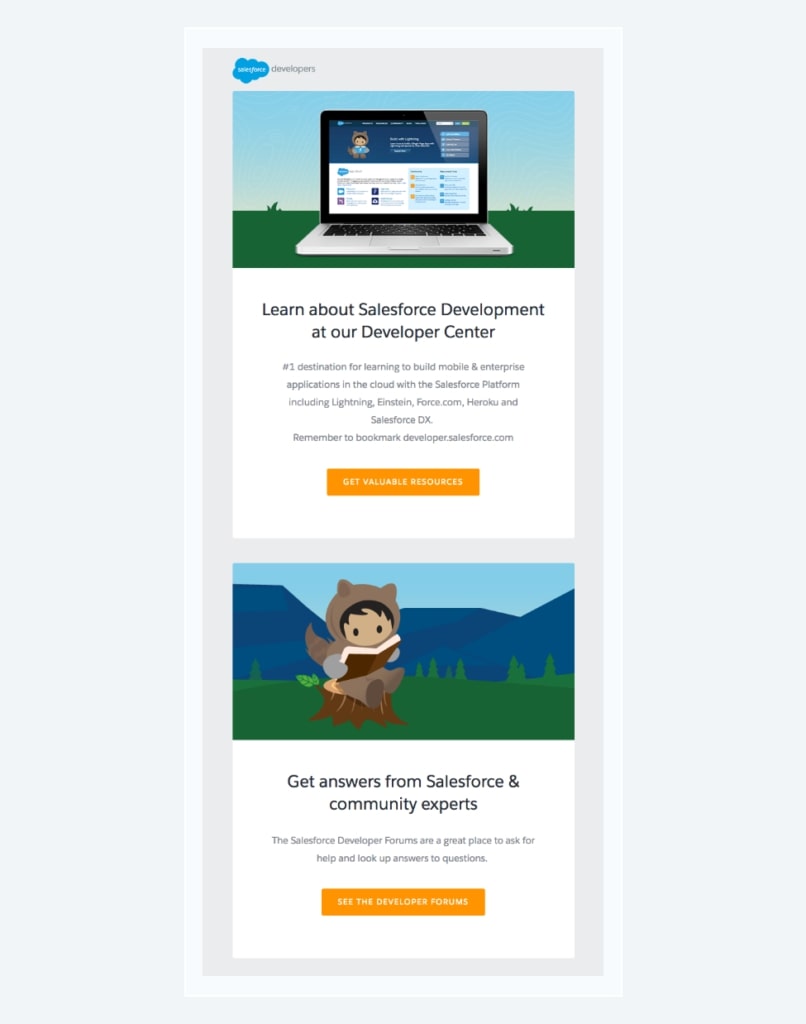
Educational emails are an excellent method to promote your company. These emails assist your audience in learning more about your brand and product. Some subscribers may be familiar with your brand, but they may not be well-versed in it. You may market your brand and business to your subscribers with educational emails.
You can explain to your readers about your business, your products, and how they can utilize your items to enhance their lives in these emails. It will assist consumers in understanding your brand and how your items would benefit them.
These emails are an excellent way to educate your audience about your offerings. It allows them to discover more about your company and understand the benefits of making a purchase from you. When your target audience feels more informed and educated about your company, they are more inclined to purchase a product or service from you.
3. Special offer or promotional emails

One of the most efficient types of email marketing is special offer and promotional emails. These are the emails that compel your recipients to take action. People enjoy receiving emails with sales, discounts, and other deals.
These emails are an excellent way for you to engage your audience and pique their interest in your items. You can send them exclusive perk emails that benefit only them as a subscriber. This makes your audience feel more valued as a subscription.
Special offers and promotional emails will also keep them subscribed and engaged with your communications. If you provide promotions that are only available by email, your subscribers will want to hear from your company in order to receive the promotions. It may even urge them to encourage others to subscribe in order to obtain those incentives. These emails are also excellent for increasing conversions. Your promotions persuade your subscribers to make a purchase.
4. Re-engagement emails
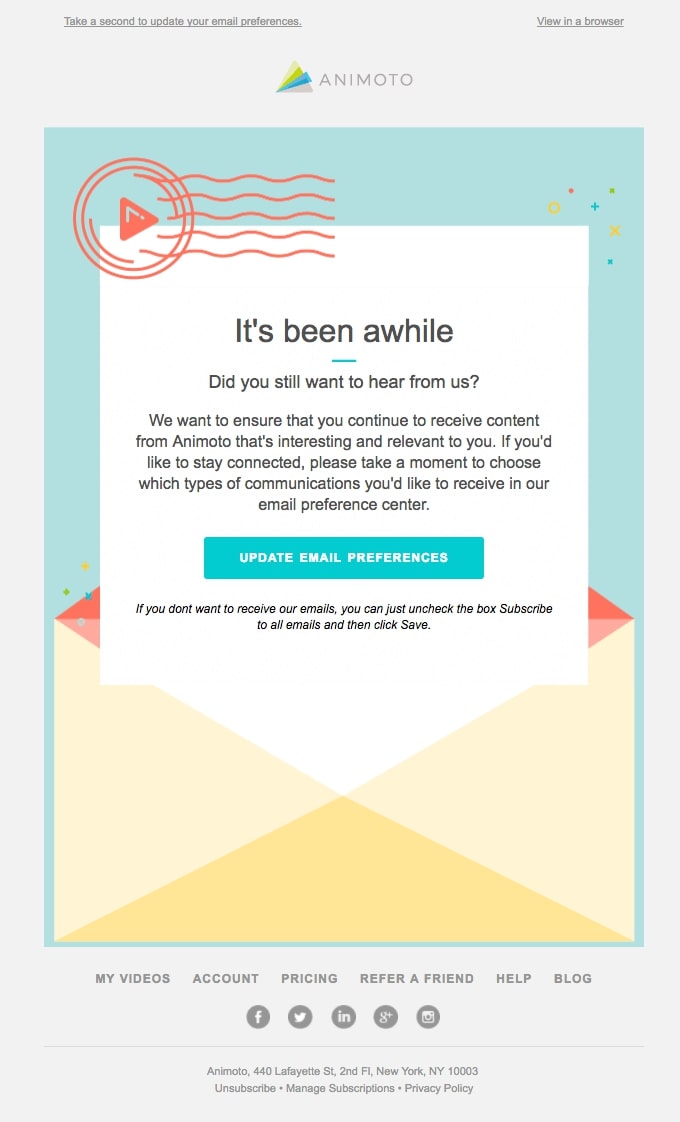
Your subscribers behave in a variety of ways. Some people will engage with your brand frequently, while others will lose interest or engage less regularly. It is critical that you employ re-engagement emails to bring your brand back to the forefront of their minds and pique their interest.
Re-engagement emails allow you to promote your brand to subscribers who are no longer engaging with your emails. It’s an opportunity to pique their interest in your brand once more.
These emails are all about the subscribers and their experiences. You want to interact with them and find out how you can improve their experience. This is an opportunity for you to re-engage subscribers and present them with a campaign that is tailored to their needs.
You may use re-engagement emails to talk about your brand with your subscribers and find out how they want to interact with it. It will assist you in developing a better email marketing campaign that will result in more conversions.
5. Cart abandonment emails
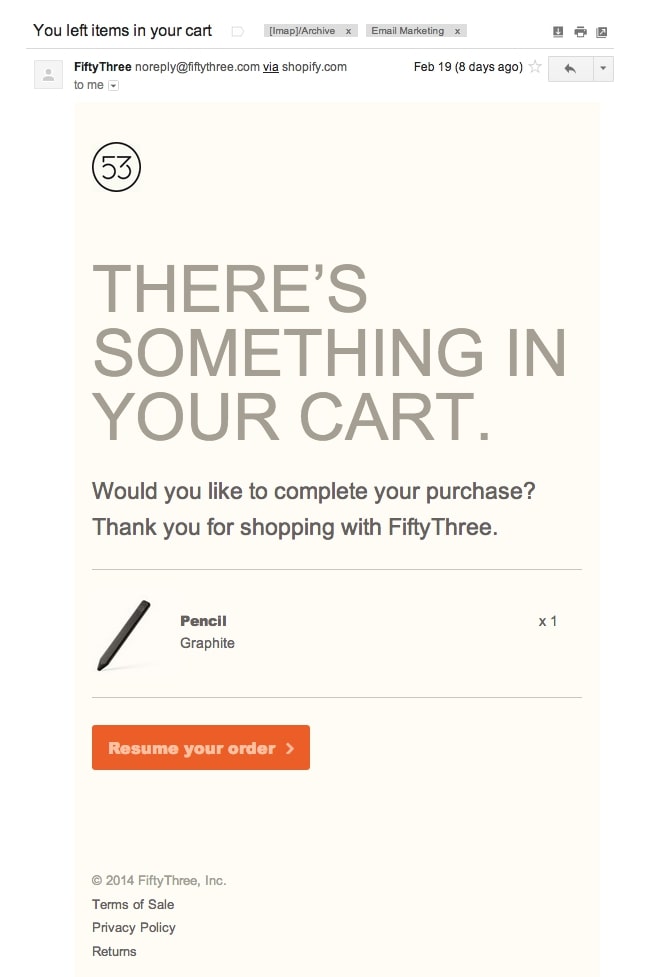
This form of email marketing is critical for increasing conversions. Many individuals will visit your website, add items to their shopping cart, and then decide not to buy. You may believe it is a lost transaction, but cart abandonment emails can help you re-engage those users and convert them.
People frequently fill their shopping carts with items but then decide whether or not to purchase those items. If you leave it up to your subscribers, they will most likely forget about it and not buy.
These emails notify recipients that they have left anything in their shopping cart. They frequently ask, “Are you still thinking about buying?” or “[Product name] is still waiting for you!” People open these emails to see what they have left in their shopping cart. Many subscribers will read these emails and opt to make a purchase as a result. You want to send these emails so that you may entice your audience to return and convert.
6. Time-sensitive emails

Time-sensitive emails are an excellent approach to sell your products to subscribers and encourage them to convert. These emails are extremely effective since they entice the target to take advantage of a limited-time offer. It creates a sense of urgency that subscribers must act immediately.
These emails provide an excellent opportunity for you to advertise certain products. You can choose things that you know your subscribers will like, and time-sensitive emails will help you persuade them to buy before the offer expires.
People are more motivated to participate when sales are only available for a limited period. They don’t want to miss out on great offers on things they’re interested in. These emails are an excellent approach to increase engagement and conversions for your company.
7. Review emails
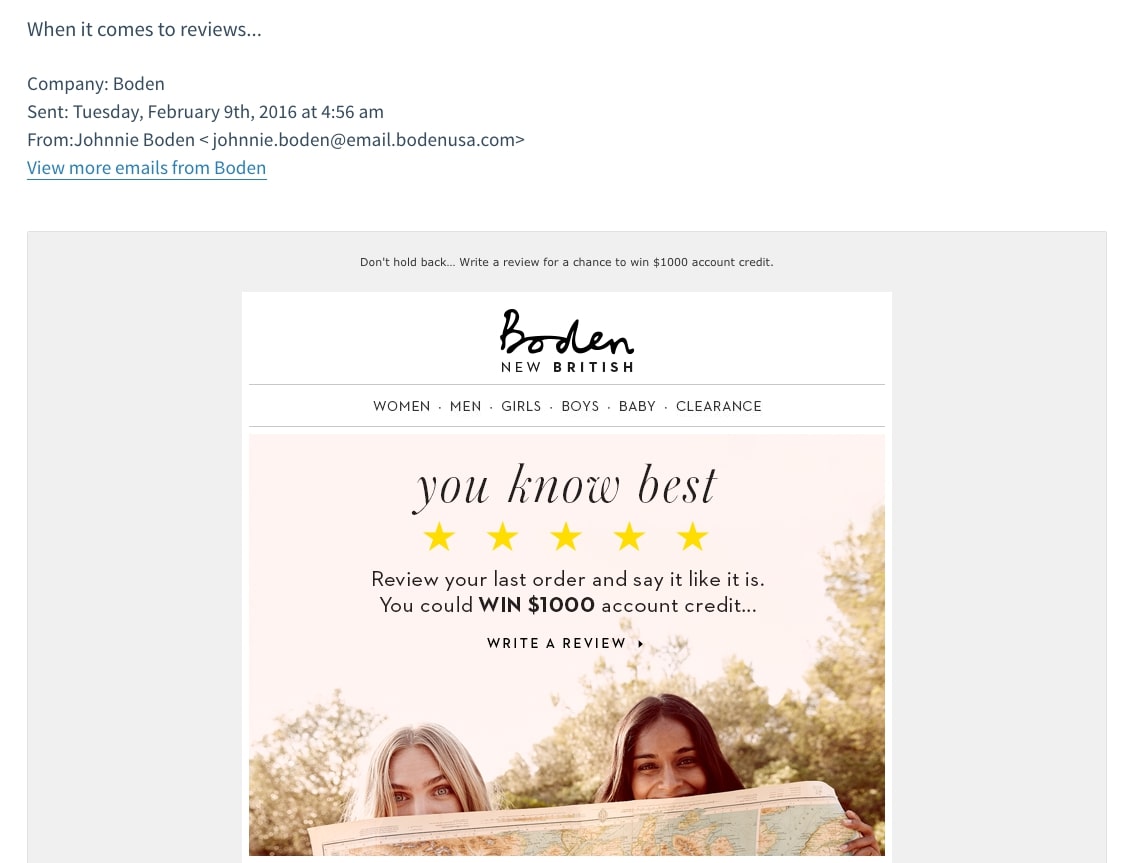
Reviews are essential for every business. They help new clients in deciding whether or not to purchase from your company. When your email subscribers purchase things from your company, it’s a fantastic time to urge them to leave a review.
You can send a follow-up email to your subscribers asking them to rate the product they recently purchased. Don’t try to persuade them to leave a positive review. You want to encourage individuals to have honest experiences with your product so that consumers know the reviews are genuine.
This is an excellent method to engage your audience and encourage them to consider your items further. They might reflect on their experience with your product and share it with others. It is an opportunity for your company to increase conversions in the future.
You can keep your audience connected with your brand by sending review emails. It will assist you in obtaining honest product experiences, which may motivate more individuals to acquire your products.
8. Confirmation emails
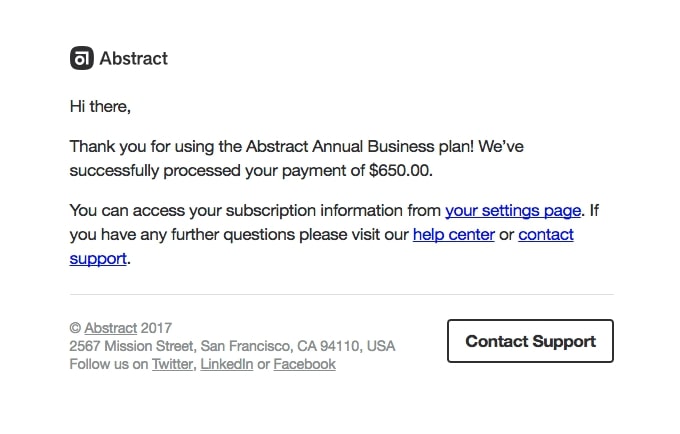
This form of email marketing is essential to your strategy. People want confirmation emails to ensure that you received their transaction. They want assurance whether they are making an appointment or purchasing a product.
It is critical that you send confirmation emails to all buyers. They receive the information they require, and you get the opportunity to sell your brand. It’s another chance to get your audience to think about your brand.
These emails assist you in developing a more positive picture of your brand. Sending confirmation emails makes subscribers feel more at ease with your company. This is an excellent method to engage your email subscribers once more. They will always refer back to this email for their purchase, implying that they will continue to interact with your brand.
8 Tactics to engage email subscribers

1. Send a welcome email
Your first certain strategy to get new subscribers off to a good start is to send them a triggered email straight away, welcoming them to your list: Yes, please send a welcome email.
It appears to be such a simple thing that you may assume it is not required. It is required. This isn’t just idle discussion. Welcome emails are effective! And, hey, they’re expecting a response from you. According to statistics, more than 74% of subscribers anticipate receiving a welcome email after subscribing.
In fact, when compared to other types of marketing email, welcome emails tend to generate more revenue per email. The average open rate for welcome emails is 50%, which is 86 percent higher than the open rate for email newsletters and far higher than the open rate for your normal triggered email marketing. With greater open rates, it’s no wonder that welcome emails generate more revenue than typical commercial emails.
Aside from that, welcome emails have been shown to increase engagement. According to research, customers who read at least one welcome message from a brand read more than 40% of the messages they received from that brand over the next 180 days. There’s simply something about taking that first step to get this new relationship started on the right foot.
However, to maximize its effectiveness, your welcome email should be delivered swiftly—and by swiftly, I mean in real time. When compared to welcome emails sent in batches, the sooner they are delivered, the greater the open rate, click through rate, and income, up to ten times greater.
2. Carefully craft your first message
Now you’re going to have a welcome series. Your From name and topic lines are perfect… What else are you capable of? Use the first triggered email to remind them that they subscribed (and why), as well as what they will get.
Reiterate the advantages and frequency with which they will hear from you. Stay true to your brand. It all comes down to setting and meeting expectations. You enticed them to sign up by making promises. Assure them that you will keep your promises.
This is also the opportunity to thank them with an incentive. Maybe it’s 10% off their first order or anything similar. Such a gift goes a long way toward attracting new subscribers!
Because this is a new beginning for both you and your subscriber, begin to discover more about them. You’ll get kudos for expressing interest, and you’ll obtain data that you can utilize later on for better, more focused marketing. Invite them to use your preference center and tell you more about themselves. (If you don’t already have a preference center, set one up.)
However, you do not need to have a preference center to achieve this. Simply provide a selection of links, and you’ll know what attracted them the most, which you can use to fine-tune your messaging and marketing.
Assume a food merchant sends out a welcome email. They could inquire, “Which of these topics most interests you?” Then include a link to recipes, another to kitchen devices, and so on. The links that are clicked can reveal a lot about how the store should target future messaging!
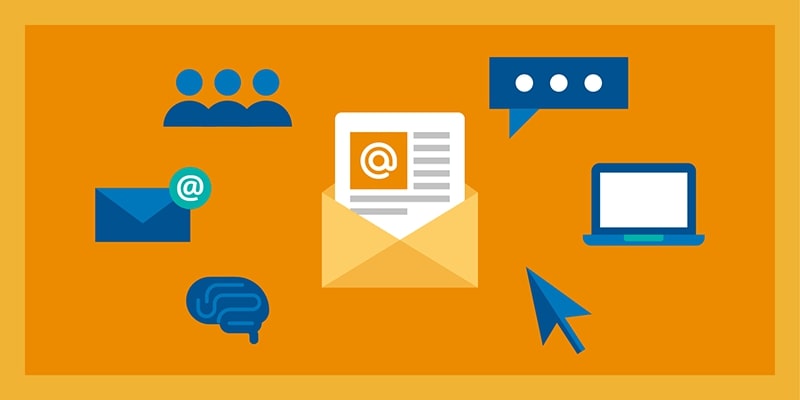
3. Provide valuable content
Your subscribers sign up for a reason, and that reason is to consume content. You can’t just send any content; you have to send stuff that is relevant to them, their needs, and their interests.
Sending out promotional offers is a terrific method to keep your email list active, but it only lasts so long. As a result, you need to begin producing content that users will find both engaging and valuable.
The best approach in this case is to maintain a careful mix of content, such as newsletters, blogs, and promotional materials, throughout your email campaigns. This gives subscribers an incentive to stay and something to look forward to in future newsletters.
4. Use double opt in, and make opting out easy
Another tactic to increase email engagement is to guarantee that everyone on your list has given their permission to be on it. What’s the best approach to go about it? Use the double opt-in subscription approach, in which each new subscriber must click a confirmation link before you may email them. Opting out is equally crucial.
According to the FTC’s CAN-SPAM Act, every marketing email or newsletter needs to have a clear, easy-to-use unsubscribe link. If you make it difficult to opt out, someone may mark you as spam out of frustration or a lack of other options.
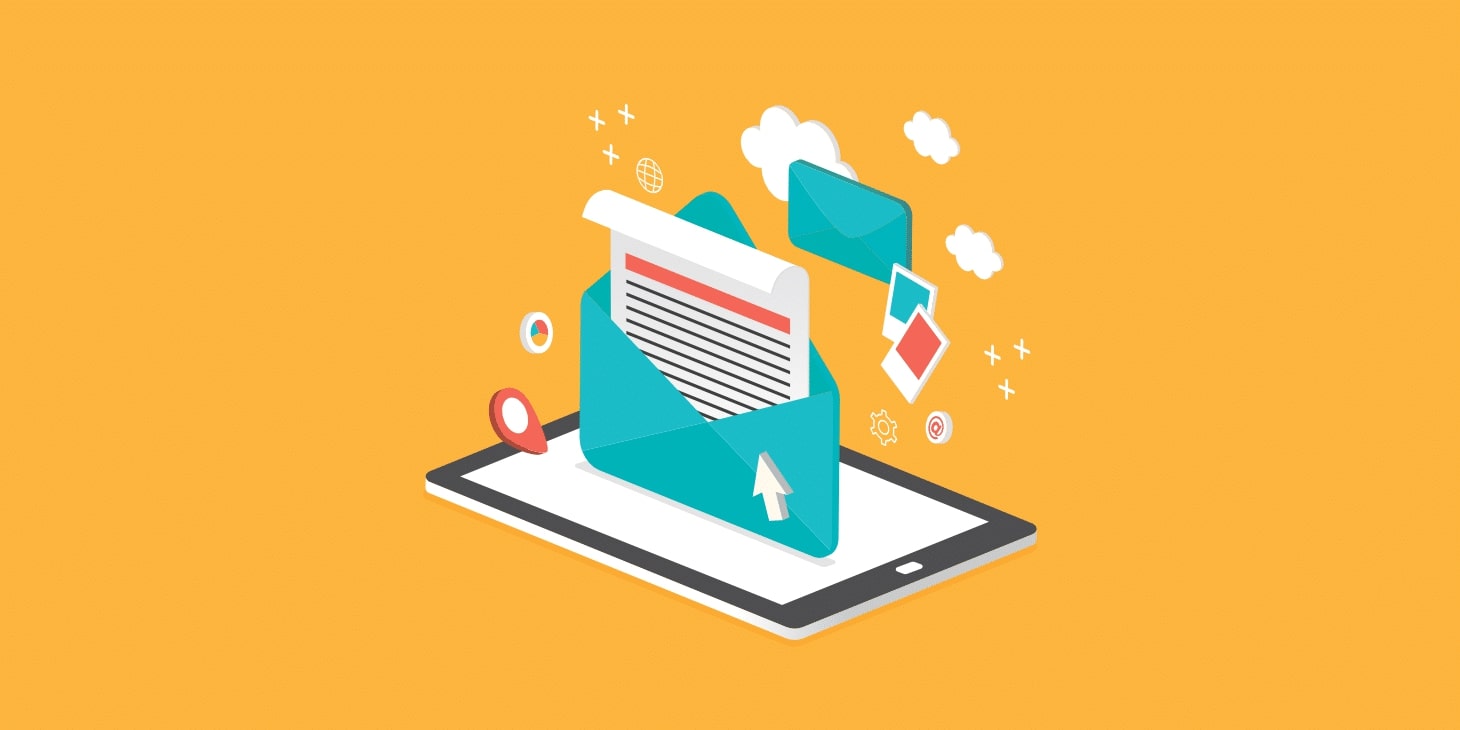
5. Make your subject line and preview text count.
When it comes to generating interaction, the first thing visitors notice is your subject line and the short copy that follows (the preview text).
For starters, using subject lines that people view as spammy might hurt engagement and potentially have you flagged as spam. Check the subject lines again to ensure they don’t contain any spam trigger words that will place you in the spam bucket. Cameron McCool developed a list of over 924 spam trigger words for a thorough list. However, common sense wins, so if you suspect something as spam, rephrase it.
Then, does your email’s subject line entice your subscribers to open it? Put yourself in the reader’s shoes and give an honest response. If you’re not sure, you should work on it. Subject lines should arouse curiosity and entice while summarizing the substance of your email.
The same can be said for your preview text. Those few words that appear immediately after your subject can make or break your open rates. Does it expand on the substance of your email? Also, does it make it even more enticing?

6. To increase engagement, be consistent.
Some email marketers make the error of delivering a newsletter only when they have something to sell or another reason to do so. The problem is that readers can tell what you’re after. Sometimes your emails should be more giving, and other times you should be upfront about selling what they need. The main thing is to stay in their email on a regular basis.
Consider your newsletter to be similar to a magazine or newspaper. When is the Sunday paper published? Every Sunday, come rain or shine! The same should be applied to your emails: they should be consistent. By doing so, you demonstrate that your brand is consistent and dependable.
Another advantage of following a timetable is that it improves your deliverability. By sending out newsletters on a regular basis, you establish yourself as a valued counselor or friend to your readers. As a result, you’ll be able to keep spam complaints under control.
7. Use Storytelling
Not every email you send should be a how-to email, a promotional email that sounds robotic, or an email that uses salesy language to close a deal. Use stories to keep your readers interested. Good stories have a way of enticing readers to keep reading.
It’s time to begin including stories in your emails. Share news that is relevant to your subscribers. Anecdotal evidence is effective. Success tales are effective. Case studies are effective. Interviews are effective. And it can all be in text, audio, video, graphics, or a mixture of these formats.
Take it a step further by featuring stories from your email subscribers. Highlight their challenges, setbacks, and triumphs. Share their tips and strategies – and let your other subscribers learn from them. Because they are ‘one of their own,’ people are more likely to open the emails out of curiosity – or simply to learn from someone with whom they share certain characteristics.
8. Delete Inactive Subscribers
People who haven’t opened your emails in 4 to 6 months should be segmented. Then send them one or two re-engagement emails asking whether they still want to hear from you. Of course, include a link where they can join a new list. If you get no response, it’s time to remove them from your list so that they won’t hurt your engagement rate.
Looking For An Email Marketing Tool To Engage Your Email Subscribers
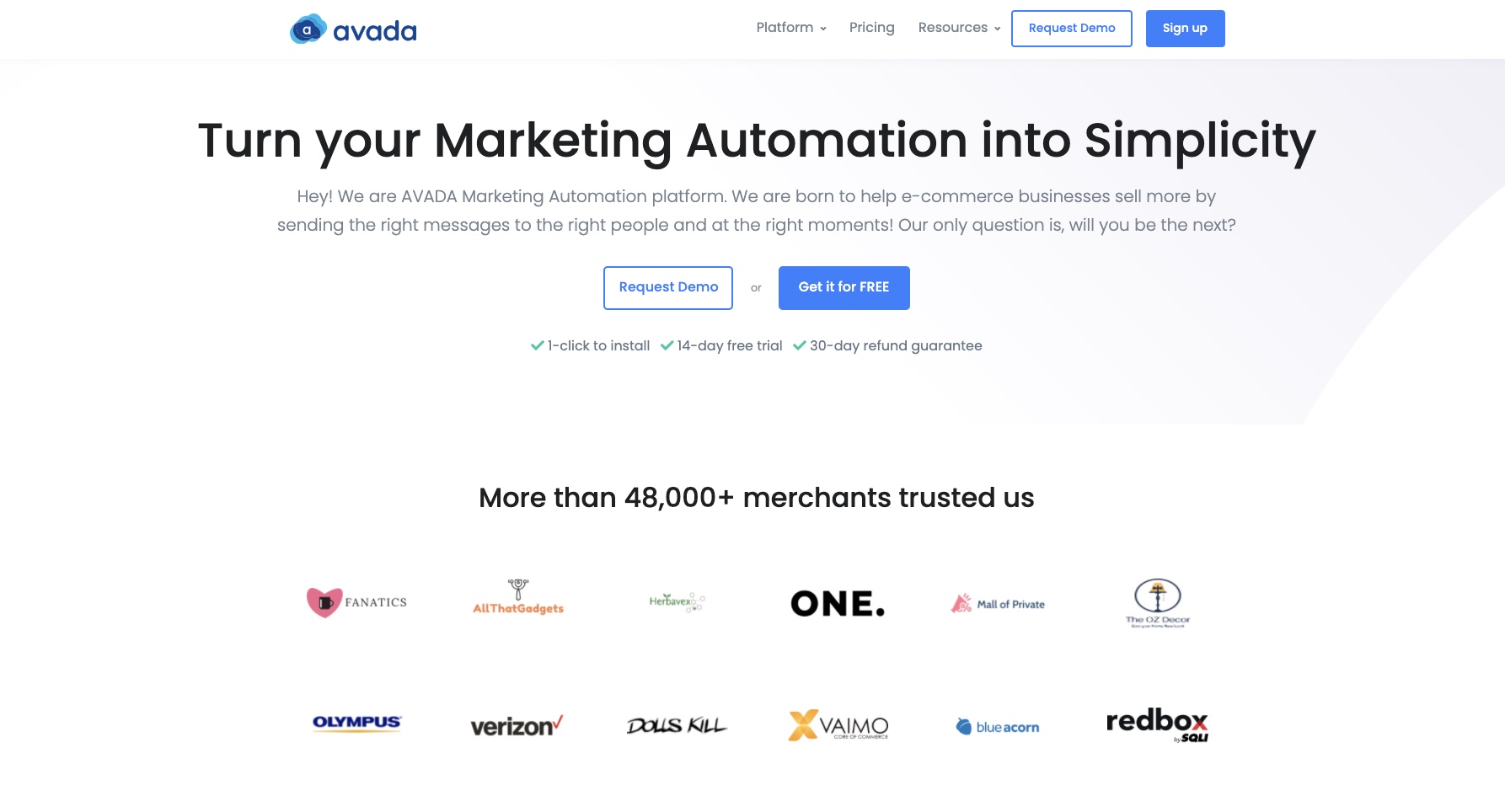
Are you still looking for an email marketing tool that enables you to engage with your email audience effectively? Try AVADA Marketing Automation. It provides all the features you need to send engagement emails and build an active email list.
Final words
That’s it! I hope that this article has provided you with valuable information about how to engage your email subscribers. Please feel free to leave comments below for further discussion on this topic!
New Posts

How To Set Up Google Analytics 4 For Your BigCommerce Store






